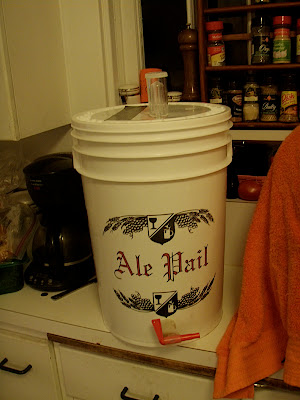With simple sanitization practices openning the fermenter to take a reading is perfectly safe. You won't spoil your beer.
This is what I use, and it works with both buckets and carboys.
I replaced the plastic one a year ago with an extra long stainless baster from a kitchen ware store and it is awesome. But the plastic one from any grocery store works fine.
And
Here's what I do....
1) With a spray bottle filled with starsan I spray the lid of my bucket, or the mouth of the carboy, including the bung. Then I spray my turkey baster inside and out with sanitize (or dunking it in a container of sanitizer).
2) Open fermenter.
3) Draw Sample
4) fill sample jar (usualy 2-3 turky baster draws
5)Spray bung or lid with sanitizer again
6) Close lid or bung
6) add hydrometer and take reading
It is less than 30 seconds from the time the lid is removed until it is closed again. More like 15 if you ask me.
Probably less if you have help. And unless a bird flies in your place and lets go with some poop, you should be okay.
ANd then you drink the sample....don't pour it back in....
In homebrewing there is so much that we advise folks not to do, yet the one thing that EVERY book, podcast, magazine and website talks about is gravity readings....
How do you think we get them?
Do you think the advice to take them is a vast conspiracy by us old timers to ruin millions of new brewer's batches, so that they flee the hobby and give it a bad rap? Or so they make crappy beer and we kick your asses in contests?

As to how many times, the answer is "It depends." If you're worried that something is wrong, like you're not sure if the yeast has taken off, then I recommend taking one after 72 hours to see what's going on.
Other wise it really depends on what you're doing. If you don't secondary and opt for a month long primary instead, then readings aren't that crucial. For 99% of my beers I take 2 readings, one on brew day before yeast pitch, and one on bottling day.
If you use a secondary it's a good idea to take a couple to determine if fermentation is complete before racking. I recommend folks take 1 on day 12 and another on day 14, if the numbers are the same fermentation is more than likely complete, and you can go ahead and rack.
When I brew all grain, I take a lot of pre and post boil grav readings, and I use a refractometer instead of a hydrometer to take them, because I use less wort with the refractomter and I don't have to wait for my hydro sample to cool. So I may take a bunch of them on brew day.
You don't have to go crazy taking readings BUT if you have concerns about the beer, then the only way to truly know what is going on in your fermenter is with
your hydrometer. Like I said here in my blog, which I encourage you to read,
Think evaluation before action you sure as HELL wouldn't want a doctor to start cutting on you unless he used the proper diagnostic instuments like x-rays first, right? You wouldn't want him to just take a look in your eyes briefly and say "I'm cutting into your chest first thing in the morning." You would want them to use the right
diagnostic tools before the slice and dice, right? You'd cry malpractice, I would hope, if they didn't say they were sending you for an MRI and other things before going in.
Just remember to sanitize and you'll be fine.
Hope this helps.







